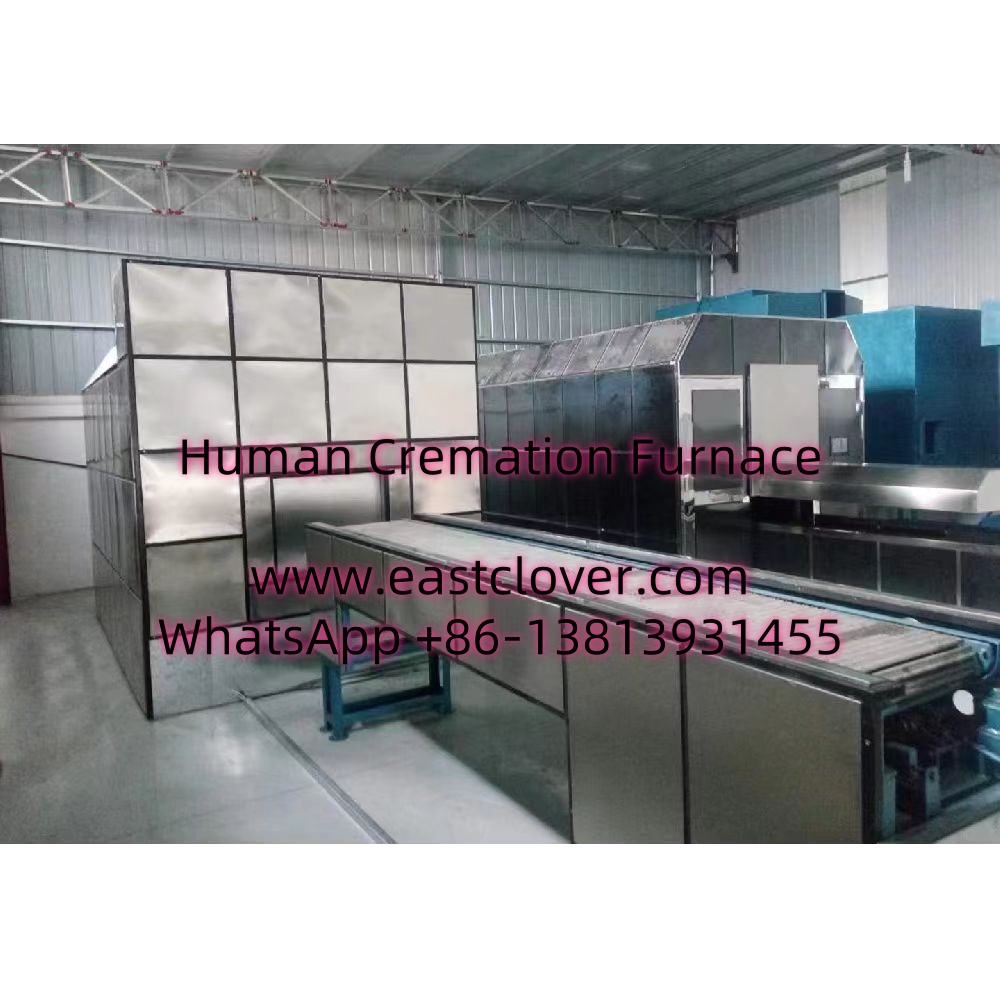Understanding Pet Cremation Furnaces
Pet cremation furnaces are specialized equipment designed to handle the respectful and efficient cremation of deceased pets. As pet ownership grows and the demand for compassionate end-of-life services increases, pet funeral homes must invest in reliable, high-quality cremation technology. These furnaces ensure that the process adheres to ethical and environmental standards while providing closure for grieving pet owners.
Modern pet cremation furnaces are engineered to operate at high temperatures (typically 1,400–1,800°F) to reduce organic matter to ashes efficiently. They vary in size, fuel type, and features, making it critical for businesses to select equipment that aligns with their operational needs and regulatory requirements.
5 Essential Factors for Selecting the Right Pet Cremation Furnace
1. Capacity and Size
The furnace’s capacity should match the volume and size of pets your facility serves. Consider:
- Chamber Dimensions: Small furnaces (e.g., 18” x 18”) handle cats or birds, while larger models accommodate dogs or multiple pets.
- Weight Limits: Ensure the furnace can manage the weight of larger animals without compromising efficiency.
2. Fuel Type and Efficiency
Pet cremation furnaces use gas, electric, or propane. Each has trade-offs:
- Gas/Propane: Cost-effective but may require emission controls.
- Electric: Cleaner operation but higher energy costs.
Choose based on local fuel availability, environmental regulations, and long-term operational costs.
3. Emissions Control Systems
Modern furnaces must comply with environmental standards. Key features include:
- Afterburners to reduce harmful gases.
- Particulate filters or scrubbers to minimize air pollution.
Verify compliance with EPA or regional regulations to avoid fines.
4. Temperature Control and Insulation
Precise temperature regulation ensures complete cremation and energy efficiency:
- Look for digital controls and automated cycles.
- High-quality insulation (e.g., ceramic fiber) retains heat, reducing fuel consumption.
5. Durability and Maintenance
Invest in a furnace built to withstand high-temperature stress:
- Stainless steel or refractory brick chambers resist corrosion.
- Easy-access panels and replaceable parts simplify maintenance.
Prioritize warranties and vendor support for long-term reliability.
www.southclover.com
Selecting the right pet cremation furnace is a critical decision for funeral homes aiming to balance operational efficiency, regulatory compliance, and empathy for clients. By evaluating capacity, fuel efficiency, emissions controls, temperature management, and durability, businesses can make informed investments that honor pets’ memories while sustaining their operations. Partnering with reputable manufacturers and staying updated on industry advancements ensures continued service excellence.
FAQs
How much does a pet cremation furnace cost?
Prices range from $15,000 to $50,000+, depending on size, fuel type, and features. Long-term operational costs (fuel, maintenance) should also be factored into budgetary planning.
Can pet cremation furnaces be used at home?
No—commercial-grade furnaces require specialized installations, permits, and compliance with environmental regulations. Home use is neither legal nor practical.
Are electric furnaces more eco-friendly than gas?
Electric models produce fewer emissions but may rely on non-renewable energy sources. Gas furnaces with advanced filtration systems can also meet environmental standards.
What regulations apply to pet cremation?
Regulations vary by region but often include emissions limits, facility licensing, and record-keeping. Consult local environmental and health agencies for specifics.
How do I verify a furnace’s efficiency?
Request third-party certifications, energy consumption data, and case studies from the manufacturer. Customer reviews and industry referrals also provide insights.

Comments are closed